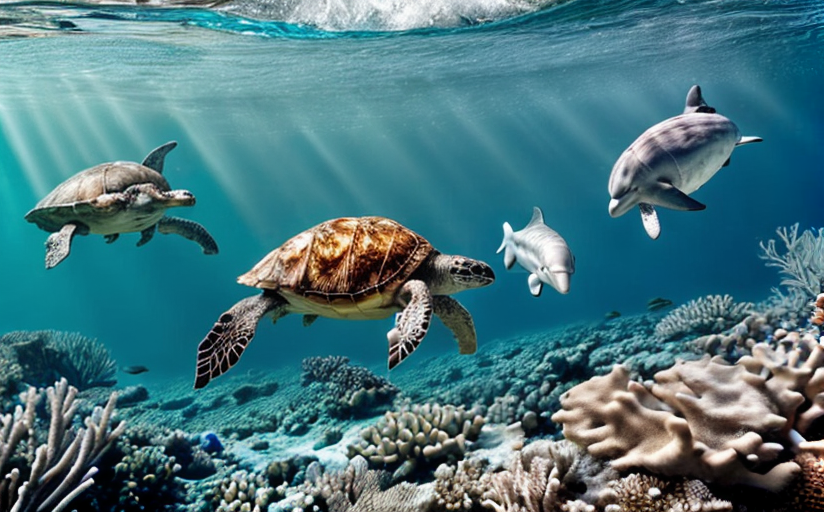Impacts of Climate Change on Marine Life Migration
The relationship between climate change and the behaviors and patterns of marine life, particularly their migration behaviors, is scientific in nature. This article provides an insight into how rising temperatures and ocean acidification, signs of a changing climate, are impacting the migratory habits of various marine species and the potential consequences of these changes to biodiversity.
The Evidence of Disruption
Several scientific studies have suggested that rising sea temperatures, heightened by global warming, are pushing marine species towards cooler waters, thus disrupting traditional migratory patterns. Furthermore, ocean acidification, another effect of climate change, poses a threat to marine life, particularly shell-forming organisms, by changing the chemistry of the seawater.
Studies on Atlantic cod and black sea bass, for instance, indicate that movements and shifts in the distribution of these species are heavily influenced by ocean temperature variations, with potential ramifications for the broader aquatic ecosystem and the marine-based food chain.
Ecosystem Impact
Changes in marine life migration patterns significantly affect the structure and function of marine ecosystems while disrupting the delicate balance of marine biodiversity. For instance, the shifting migration patterns may lead to new predatory relations, modified food chains, and altered species competition, potentially leading to the extinction of sensitive species and affecting the overall biodiversity.
Long-term Implications and Ripple Effects
Long-term, these changes could have extensive ripple effects on other aspects of the environment, as marine ecosystems play a crucial role in maintaining global ecological balance. Changes here can impact other areas such as terrestrial biodiversity, regional climates, and even human societies, particularly those reliant on the fishing industry.
Strategies to Mitigate Impact
Experts propose several strategies to help mitigate these impacts and preserve marine biodiversity. These include reducing carbon emissions, establishing more marine protected areas, implementing sustainable fishing practices, and promoting further research and monitoring to track changes and predict future trends. The findings should then be integrated into national and international policies to ensure concrete action against this pressing issue.
Conclusion
Climate change continues to pose an imminent threat to marine life and the ecosystems they thrive in. By understanding the scientific relationships between these factors, we can develop more effective strategies to minimize the impacts and ensure the preservation and conservation of our valuable marine biodiversity.

















Comments
Leave a Comment